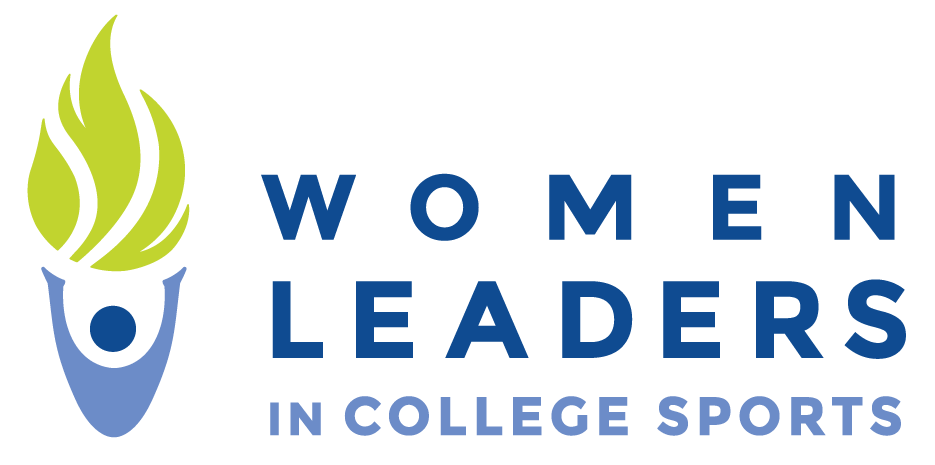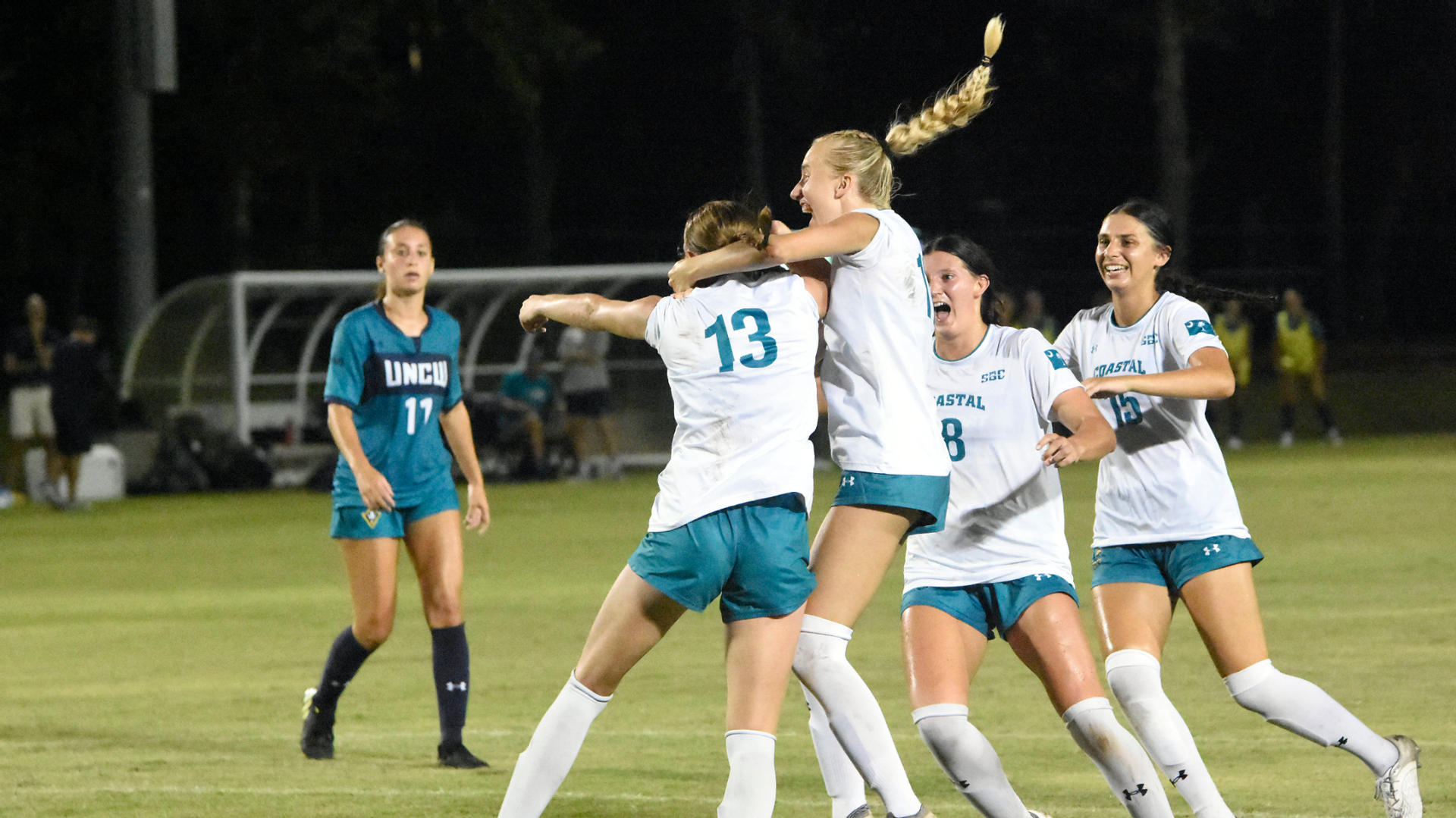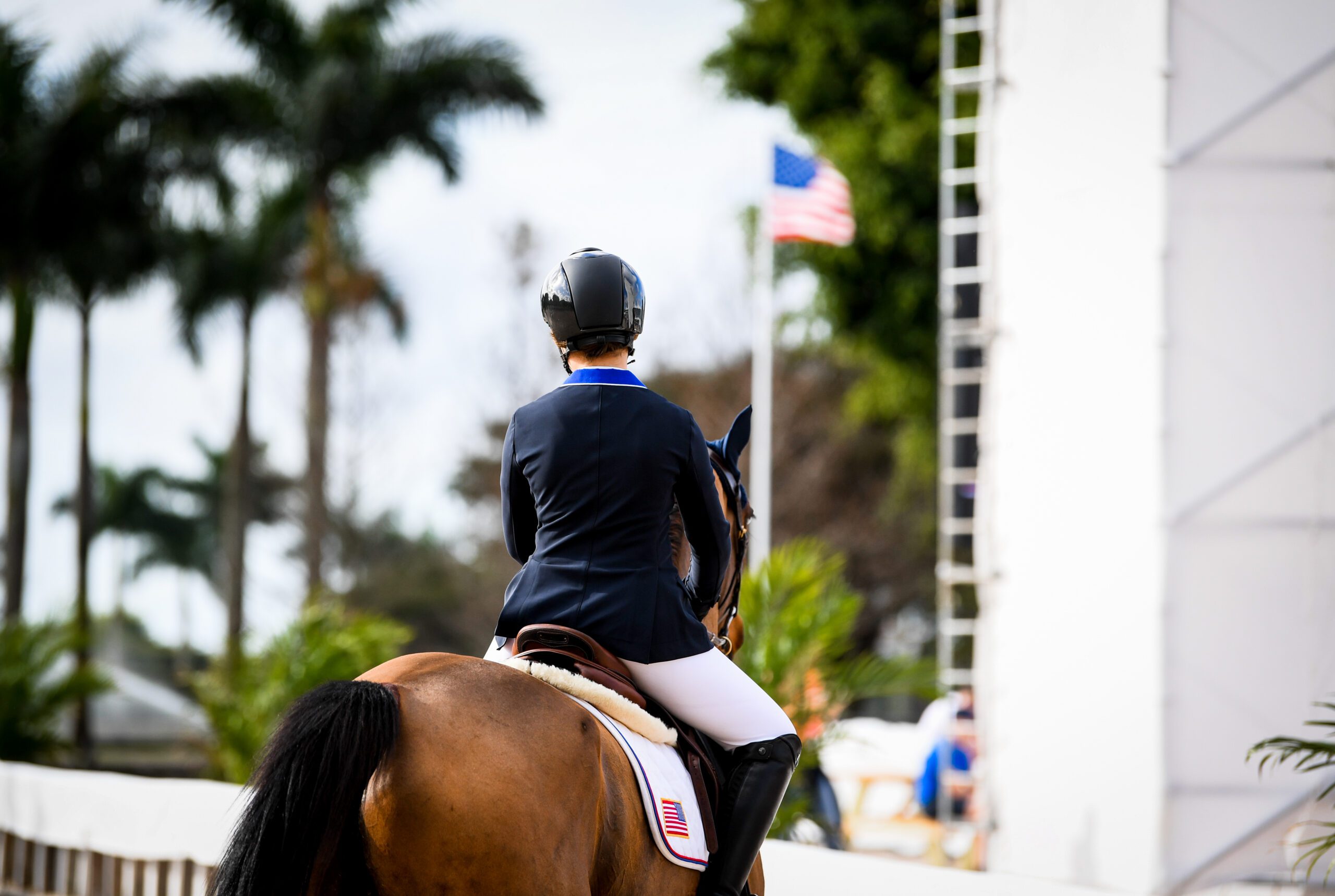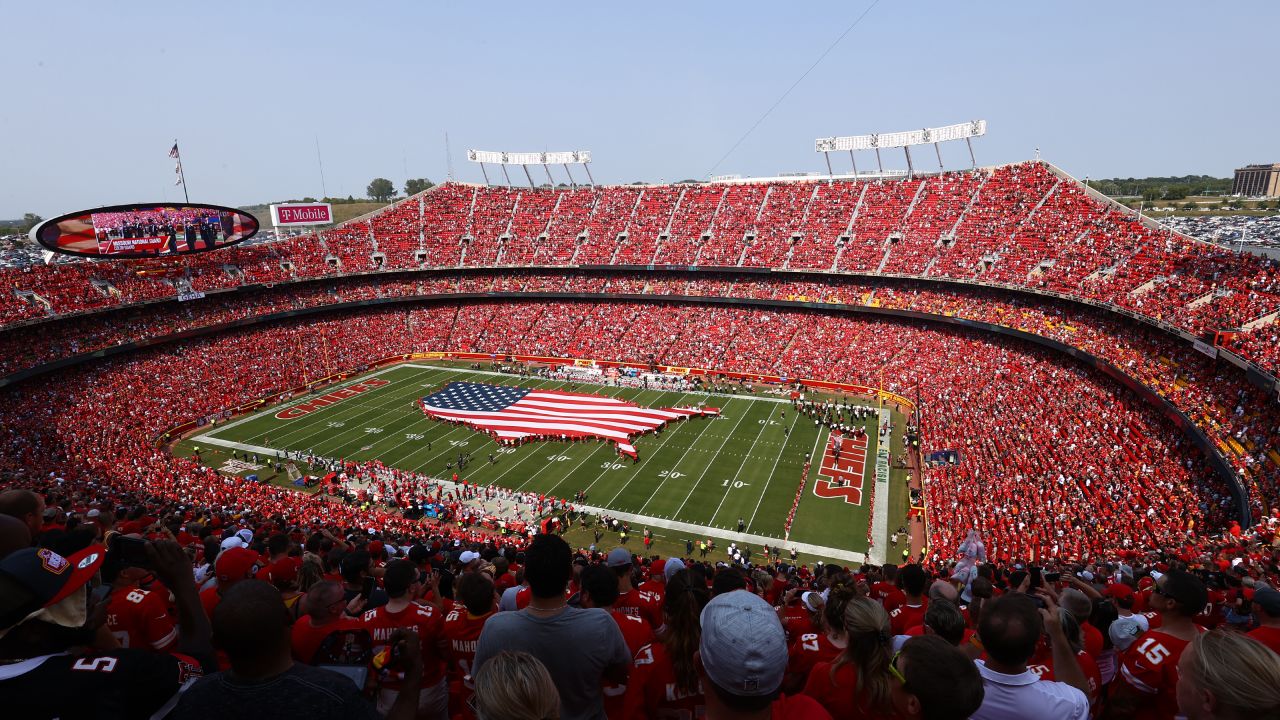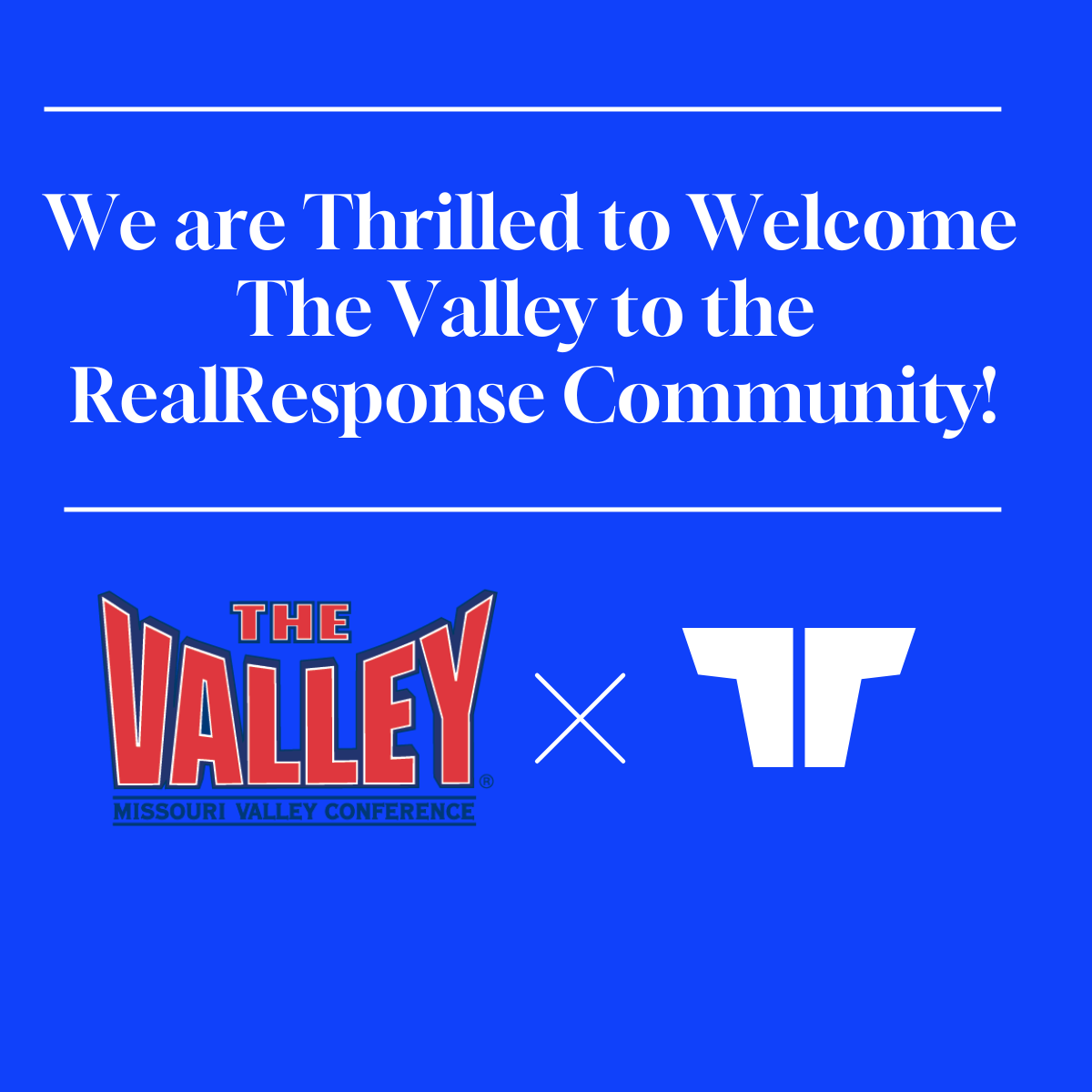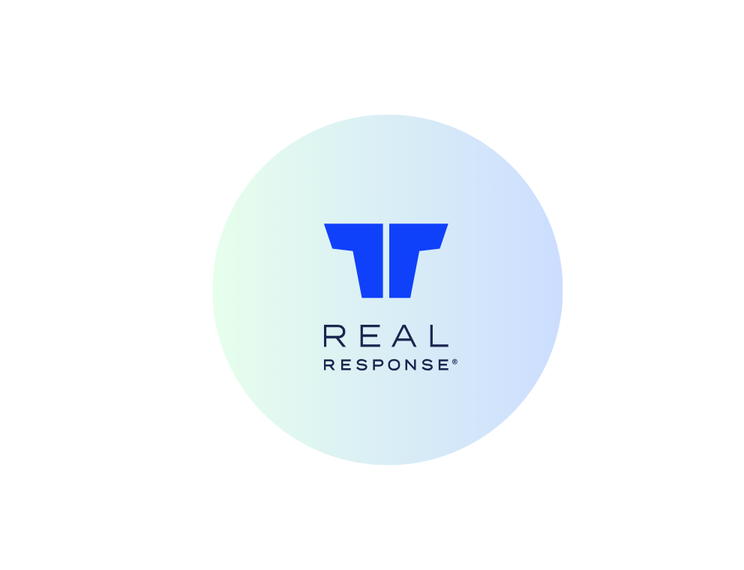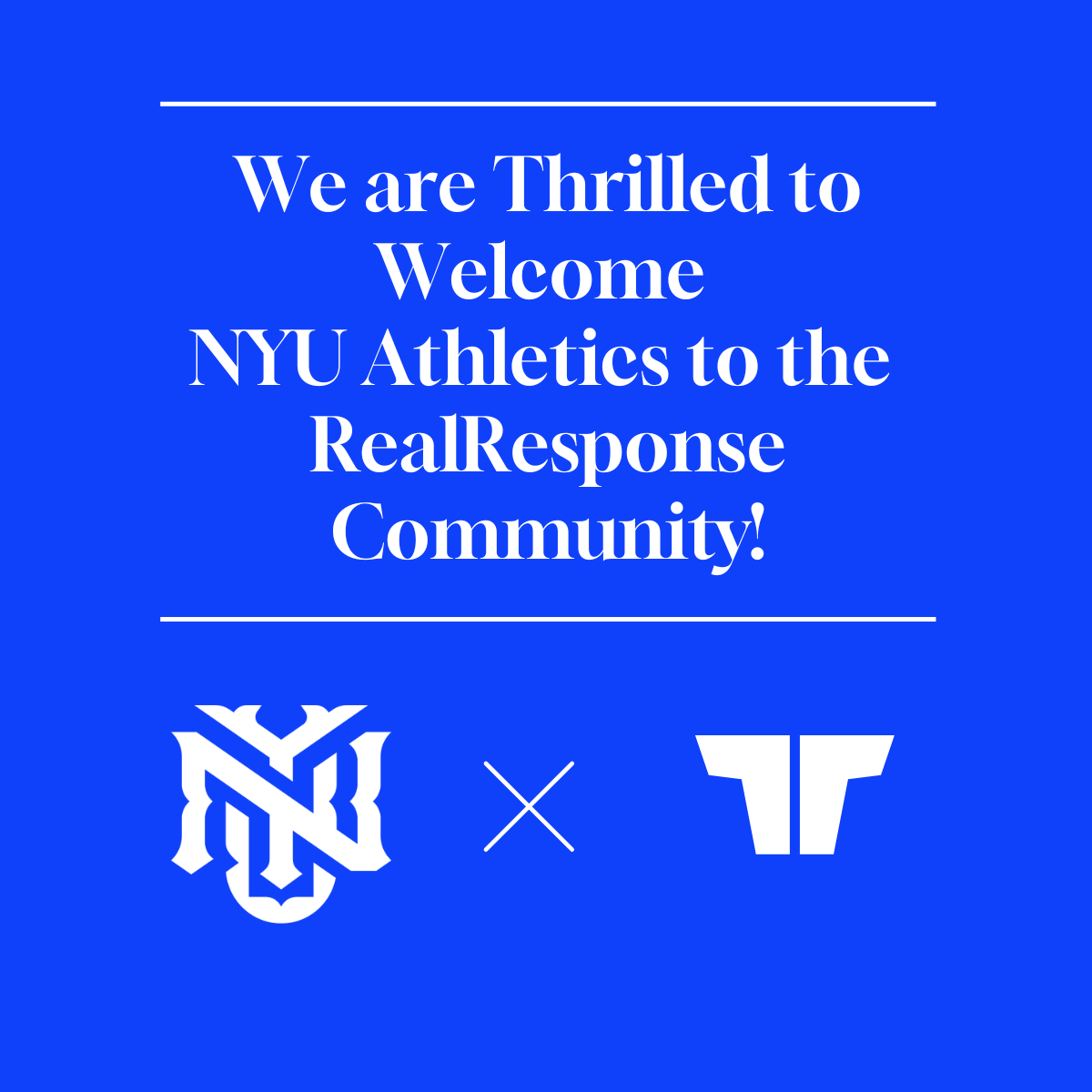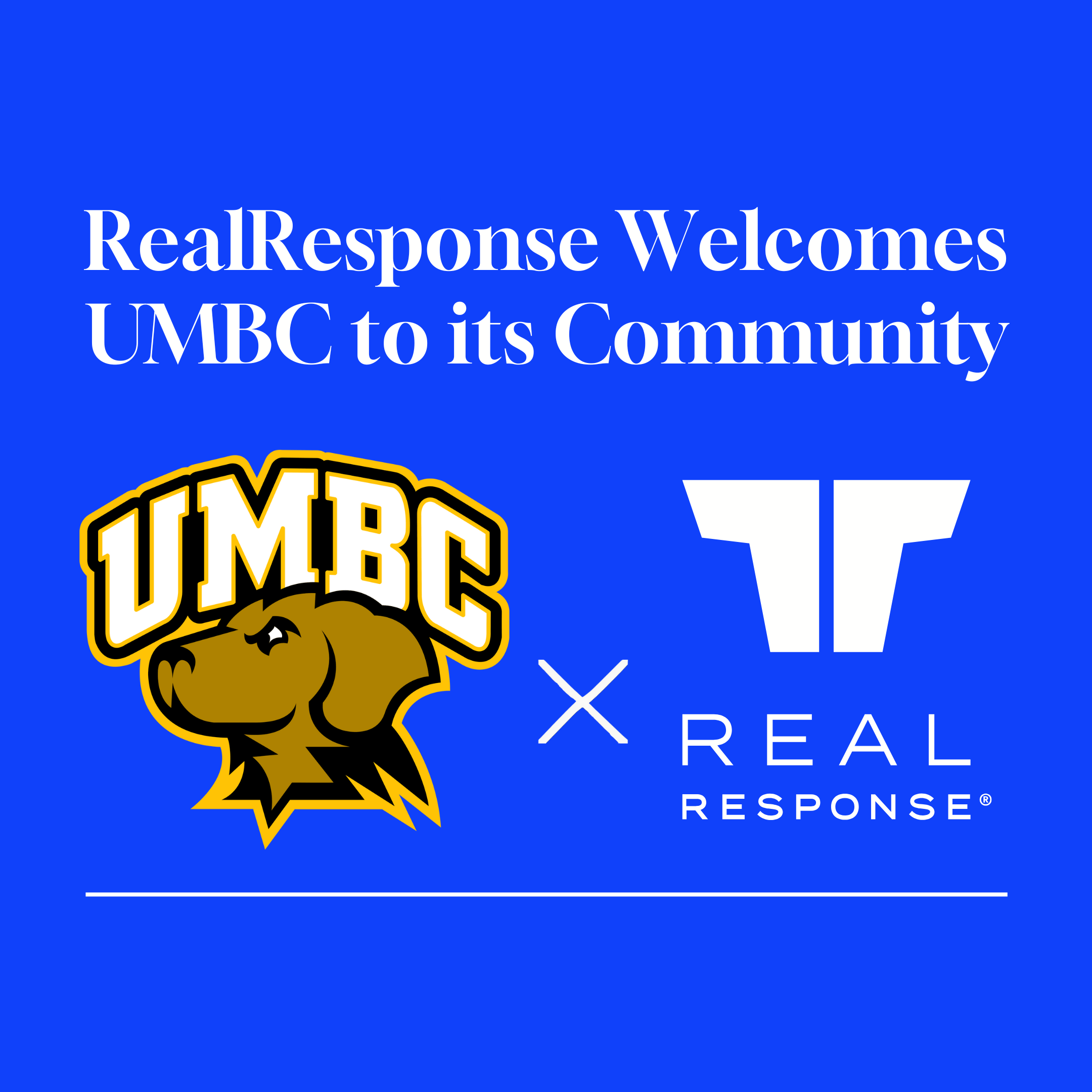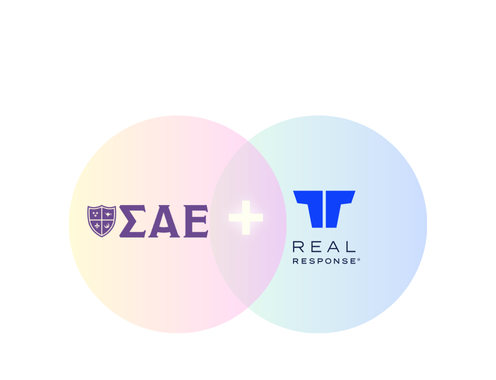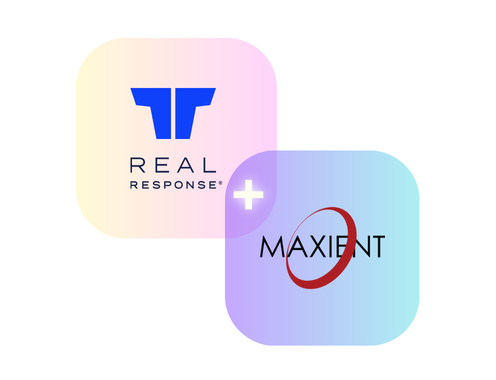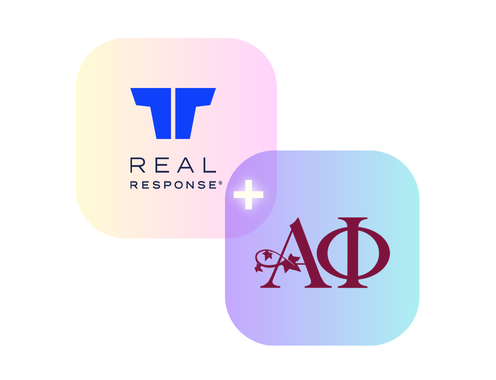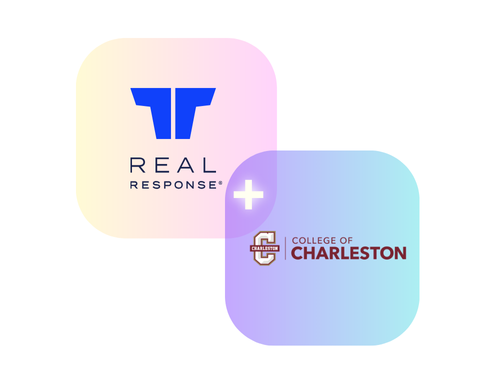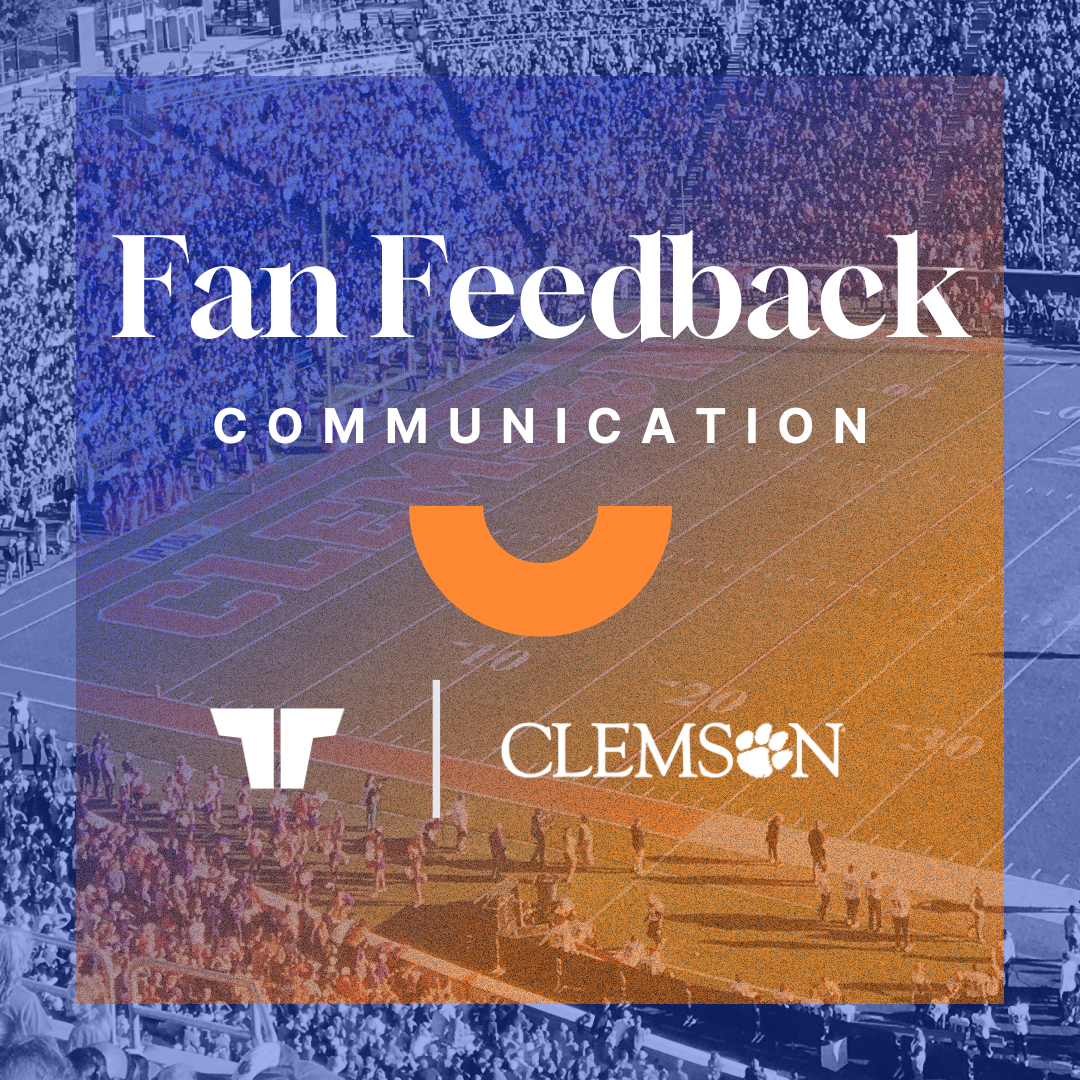End-of-year surveys or surveys on a particular topic can give great insight into your athletic program, and how you compare to peers. Here are some tips when creating a survey:
- At the conclusion of the athletic competition, have student-athletes complete an evaluation of their season.
- When deciding what questions to ask, leverage your on-campus research experts, conference peers, or outsource to a third party expert.
- Typically, it is best to have some “buffer” between the last game and the survey being sent to help student-athletes decompress and reset emotions.
- It is important to achieve high participation to gather a wide spectrum of feedback and not just the extremes. This can be achieved by making the survey mobile accessible, through a trusted 3rd party, shorter in length, and potentially even bringing the team together to complete the survey at once. Providing food during this session is an easy bribe!
- Conducting these surveys through an electronic service will save significant time in analyzing and aggregating the results to identify themes and evaluate year-to-year trends.
- Utilize a specialized collegiate athletics survey vendor to have access to national benchmarks. Benchmarks are an invaluable tool to compare your survey results to national trends and identify both areas of competitive advantage as well as areas of needed improvement.
- Use this survey data as a part of the coach’s performance evaluation to identify areas of strength and improvement.
- IMPORTANT. Make sure to follow up with any serious concerns that are shared by your student-athletes, and document in a secure location how it was handled. Otherwise, you are creating a timeline of concerns that were shared with you without being able to show how it was handled. Several high profile cases in recent years have used anonymous survey data to demonstrate negligence and mishandling of shared concerns.
- Remember, by conducting surveys you are building a timeline of when information was shared with you. Make sure that you are keeping records of how it was addressed. You could also use a specialized survey platform like RealResponse that allows you to directly follow up with the anonymous survey participants and document your internal response plan.
- Schedule in-person meetings with coaches, student-athletes and administrators to discuss findings.
Excerpts from this article come from the Women Leaders in College Sports Sport Supervisor Toolkit. A special thank you to our partners at Women Leaders in College Sports and the Women Leaders Sport Supervision Sub-Committee!
